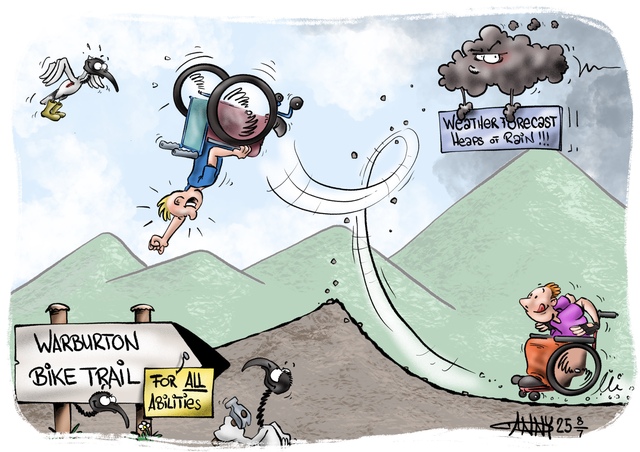By Kath Gannaway
A State Government report has delivered a mixed message on the viability of the critically endangered Leadbeater’s possum and the impact of 200-metre radius timber harvesting exclusion zones on the timber industry.
The report by the Department of Environment, Land, Water and Planning (DELWP) was undertaken by the department with contributions from VicForests on the costs to the timber industry and other data from the Victorian Environmental Assessment Council’s Fibre and Wood Supply assessment report.
The report was triggered by a condition of the Leadbeater’s Possum Advisory Group recommendations of 2013 which recommended the 200-metre radius.
LPAG recommended that a review be undertaken after two years of intensive surveying, or once 200 new colonies had been verified in state forest available for timber harvesting.
Both these occurred in June 2016.
Key findings included that the review of the 200-metre Timber Harvesting Exclusion Zone was contribution to the conservation of the possum through the identification and protection of additional colonies that may previously been at risk from timber harvesting, but that the possum remains at a high risk of extinction until 2050-2070 until hollows develop in the 1939 regrowth.
That prediction was based on a future scenario of 200 years without bushfire, the report found.
“This is highly unlikely, but the figure is useful to demonstrate the relative effectiveness of protection of colonies from timber harvesting,” it said.
It found that the effectiveness of THEZs contributed to achieving the LPAG aim of slowing the projected decline in population numbers in Central Highlands so that there are sufficient individuals for the species to recover in the future.
“However, the species remains at risk of extinction, especially when considering the likelihood of future bushfires,” the report said.
There were a number of concerns around the security of suitable habitat in the future and the ongoing loss of hollow-bearing trees that reduces nesting habitat.
On the impact on the timber industry, the report said the benefits to the possum from the THEZs had come at a cost to the timber industry.
The direct impact it said was the reduction in the total area and volume of timber available for harvesting.
“VicForests estimates that the THEZs established up until January 2017 will result in a loss of revenue from sawlog harvesting to 2030 of $17.77 million based on net present value.
It said the THEZs had also created additional road costs with the additional costs for coupes on the current harvest plan estimated at $5.574 million.
Further recommendations included a review of the THEZ to reduce indirect impacts on the timber industry while ensuring adequate protection for the possum; undertaking further field studies to improve knowledge of the possum with DELWP undertaking field surveys to identify LBP distribution and numbers across the Central Highlands, and VicForests continuing pre-harvest surveys in proposed coupes.
DELWP should further develop species models as the basis for improved forest management planning and conservation management, the THEZs should be reviewed and other existing Special Protection Zones (SPZs) in the Central Highlands should also be reviewed to optimise for timber availability, protection for Leadbeater’s possum, threatened species and other forest values.
The Australian Forest Products Association has welcomed the report and called on the Victorian Government to ease the 200 metre THEZs and conduct a comprehensive population study of the possum.
AFPA CEO Ross Hampton said the recommendations cast doubt over the accuracy of earlier population estimates and said further work was required to provide more robust estimates.
Chairman of Friends of Leadbeater’s Possum Steve Meacher, however, said the report was problematic.
“Talking of the future and assuming there will be no bushfires, and that the 200 metre buffers are working is very questionable,” he said.
He said one of the suggestions made for access through the identified buffer zones for road access to other coupes would render the buffers useless.
“They also claim that the buffers add to the formal reserve area but they are like little islands and if a colony of animals survives within that buffer, ultimately there is no-where for them to go.
“Once they have clear-logged those buffers they would be completely isolated – they may survive six or so years before the colony was wiped out.”
He said the group would provide an analysis of the review to the Minister for Environment, Lily D’Ambrosio.







